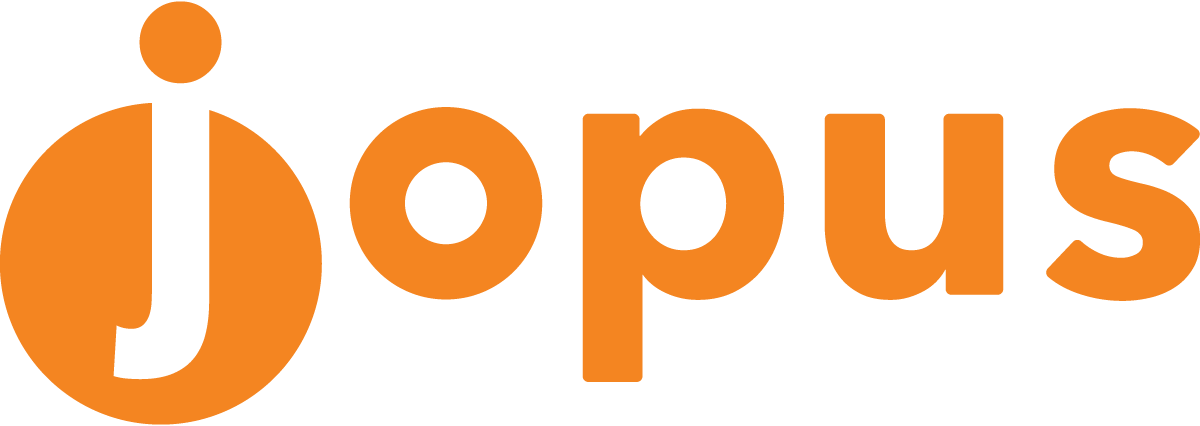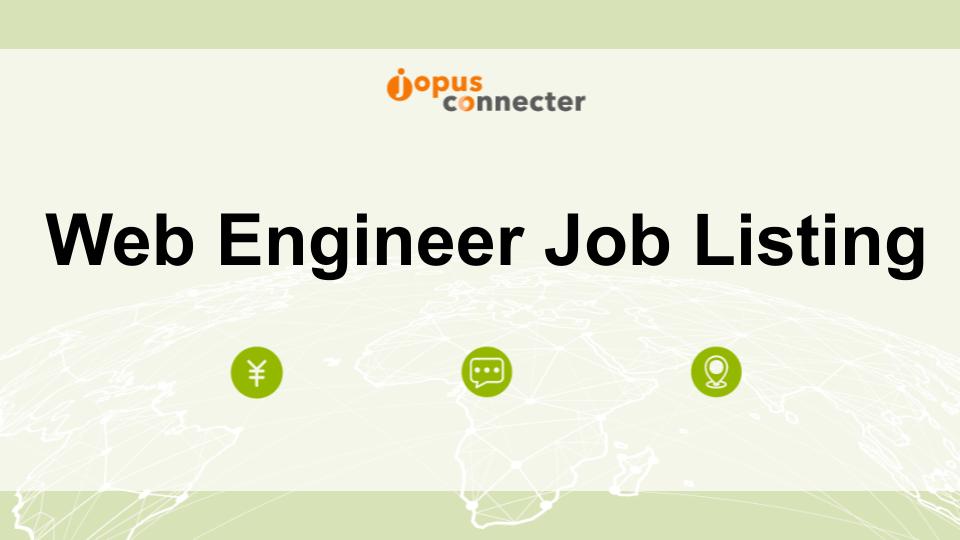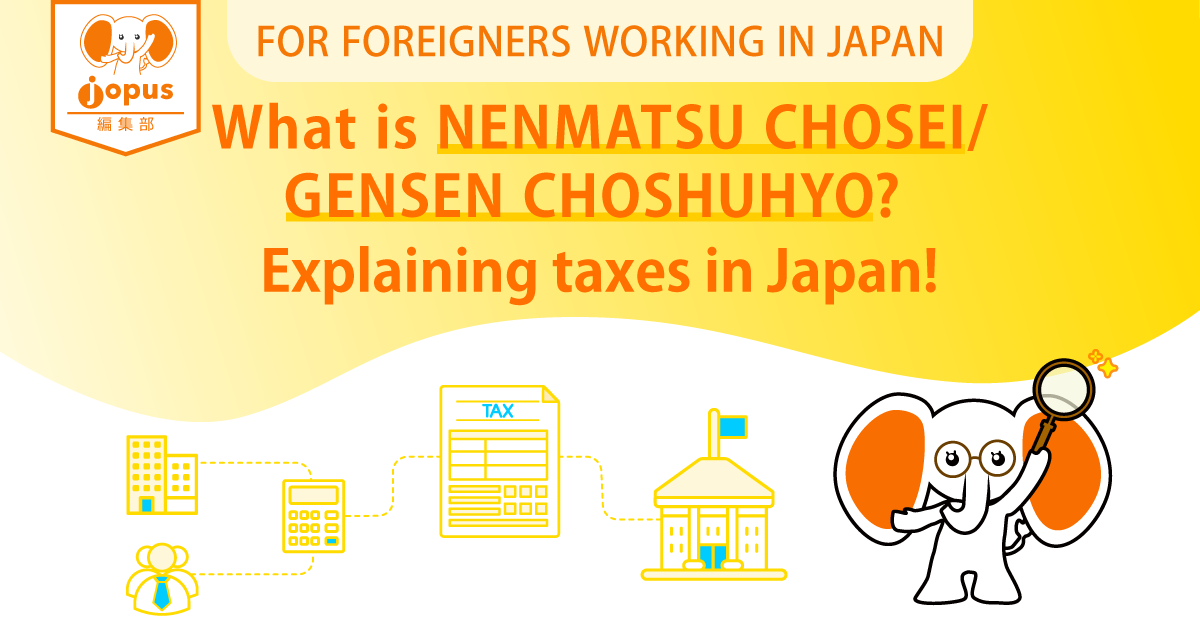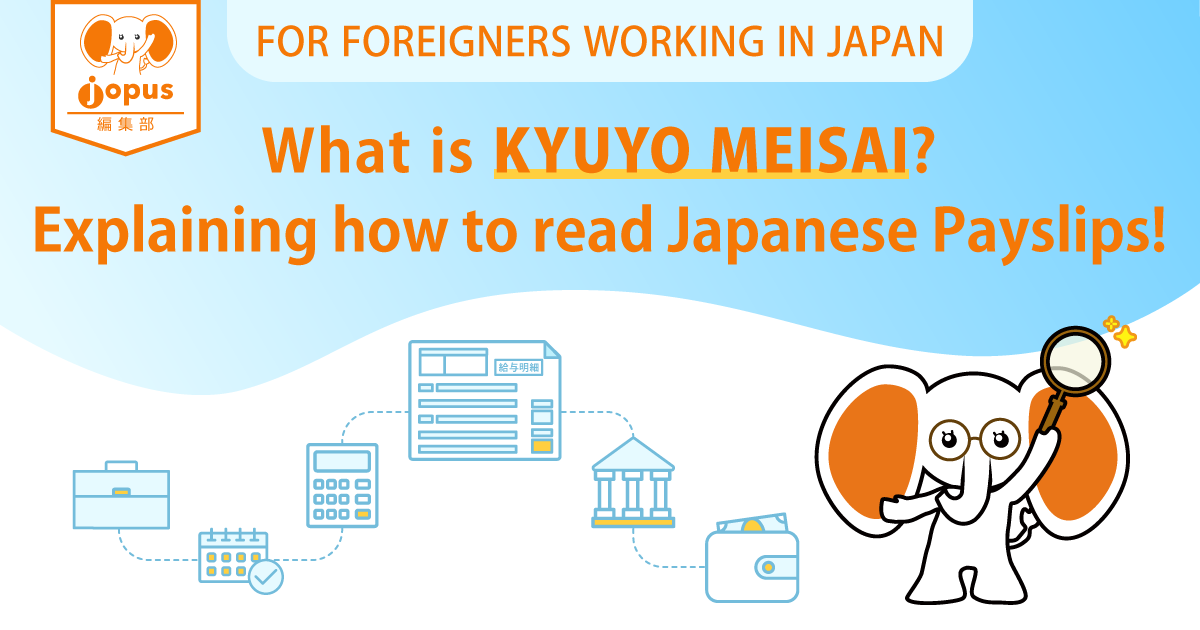What is the procedure for job-hunting in Japan? We will explain the typical schedule. It is important to be well prepared, and to research information thoroughly. Check the following schedule and allow sufficient time to prepare.
Job-hunting schedule
We provide a tentative job-hunting schedule for students graduating in March 2020.
| Period | To-do list |
| July 2018-Feburary 2019 | Self-analysis, industry/corporate research and analysis, participation in an internship |
| March-May 2019 | Job fair, application, aptitude test |
| June-September 2019 | Written test, job interview, early tentative job offer |
| October 2019 onwards | Tentative job offer |
| December 2019 | Changing your status of residency |
| April 2020 | Joining a company |
We will give you more details about what to do in each period.
Self-analysis, industry/corporate research and analysis, participation in an internship (July 2018-Feburary 2019)
About 18 months before you join a company, you should start to prepare for job-hunting. Start with self-analysis by looking back on your past, thinking of what kind of work would be suitable for you, and begin researching which industry, occupation and corporation you want to work in. If there are particular companies that catch your attention, it might be a good idea to visit alumni working there. Some corporations offer opportunities for internships in summer, winter, and spring. If you are interested in attending these programs, you should definitely take part in them. Internship leads you directly to official employment at some companies. It is crucial for you to take every opportunity to impress potential employers and colleagues during these occasions.
Job fair, application, aptitude test (March-May 2019)
In March, the ban on corporate public relations activities for employment will be lifted. Consequently, job fairs will be organized individually or jointly by companies. Websites for job seekers will open, and you can submit your application forms to the companies that appeal to you on these websites. You will be able to participate in events held by the companies, such as job fairs. Depending on the selection process, you may have to take an aptitude test during this period.
Written test, job interview, early tentative job offer (June-September 2019)
In June, the ban on early recruiting will be lifted and the actual selection activities – including written tests, group discussions and job interviews – will be carried out. This period being the busiest, if you have a part-time job, you should get permission beforehand to take a day off whenever you need for job-hunting.
When you successfully pass a final interview, you will be able to obtain an “early tentative” job offer. Although it is still a “tentative” job offer, “early tentative” is usually equivalent to “tentative”. Unless there are unforeseen obstacles after receiving an “early tentative” job offer, it will be officially approved as a “tentative” job offer in October.
Tentative job offer (from October 2019 onwards)
In October, the ban on tentative job offer letters will be lifted. After receiving an “early tentative” or “tentative” job offer, you might be required to provide assurance that you will join the company. Even after you have accepted tentative job offers from various companies, you can still continue job-hunting. If you cannot decide which company to join, we recommend that you continue job-hunting until you find the right company.
Changing your status of residency (December 2019)
International students planning to work in Japan need to change their visa status (status of residency) from “student” to a status allowing you to work in Japan.
The status of residency is divided into two categories: “Family-related” and “Activity-based”. A “family-related” visa allows you to engage in all types of work regardless of occupation or industry: “permanent resident”, “spouse or child of Japanese nationals”, “spouse or child of permanent resident”, and “long-term resident”.
On the other hand, an “activity-based” visa allows you to work only within a specified range of occupation, industry, and types of work: “highly skilled professional”, “professor”, “religious activities”, “journalist”, “business manager”, “legal/accounting services”, “medical services”, “researcher”, “instructor”, “engineer/specialist in humanities/international services”, “intra-company transferee”, “entertainer”, “skilled labor”, “nursing care (designated activities)”. Around 90% of international students finding a job in a conventional company change their visa status to “engineer/specialist in humanities/international services”.
Joining a company (April 2020)
After accepting a tentative job offer and completing the procedure for changing your visa status, you will finally join the company in April. If you work for a major company in Japan, you usually get a one-month training period. After completing the training, you will be assigned to a position.
Conclusion
What do you think?
The job-hunting schedule in Japan is strictly fixed. If you do not follow this schedule, you will find it very difficult to get a job. Positions at some popular companies are highly competitive. It is essential to prepare thoroughly for your success in job-hunting. We strongly advise that you start looking for a job as early as possible.
Read articles of Job Hunting Guide for International Students
- Features of job-hunting in Japan
- Japanese hiring culture
- Job-hunting schedule in Japan
- The advantages and disadvantages of working at different types of companies
- Finding employment for international students
- Why do Japanese firms employ international students?
- Self-Analysis
- Industry research
- How to write a good resume
- Entry sheets
- Written exams
- Interview
- The steps for receiving a job offer and joining a company
- The procedure to change a visa status
- About job hunting after graduation














